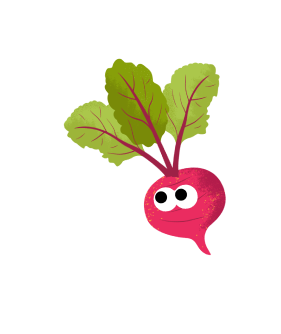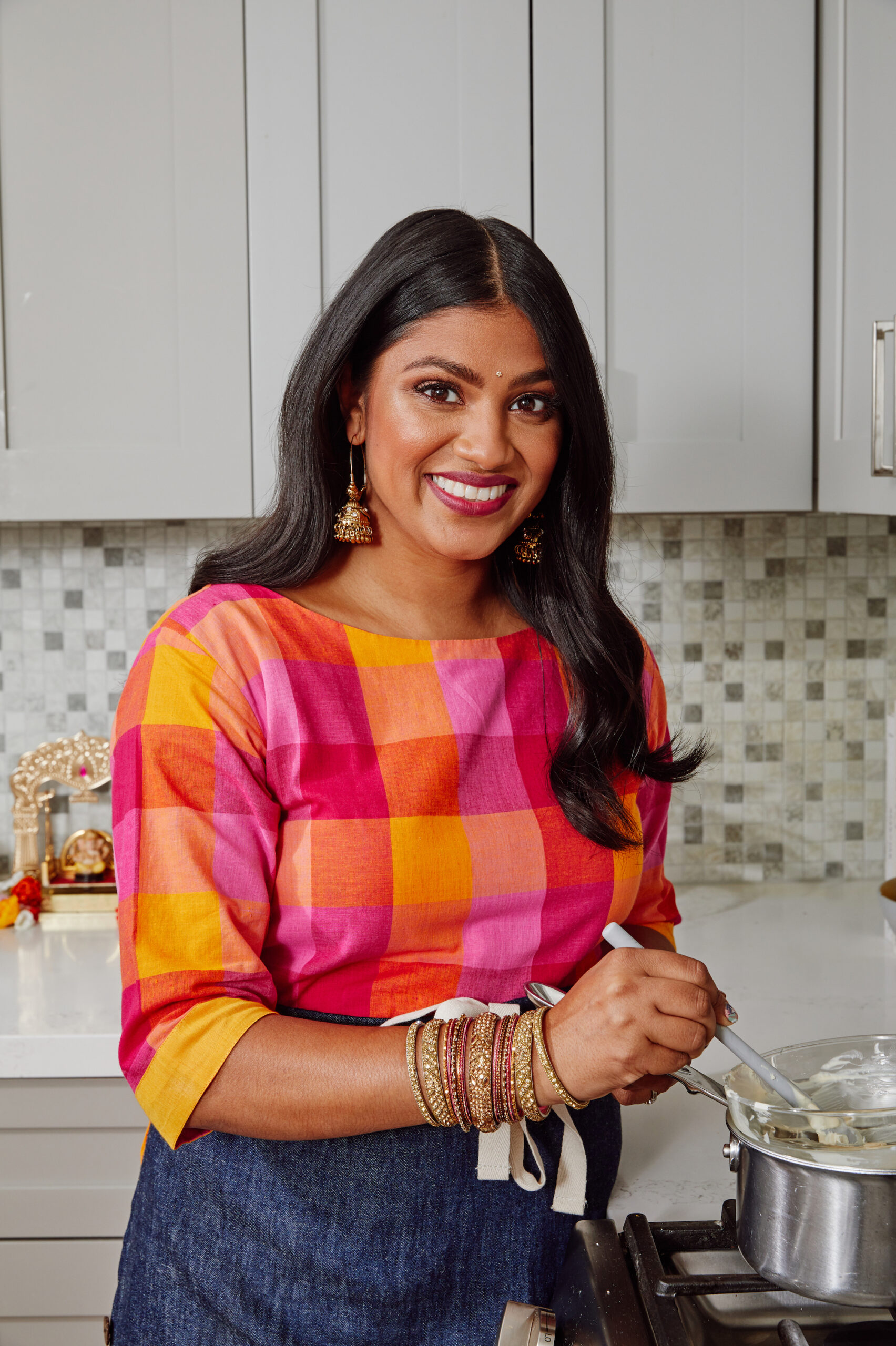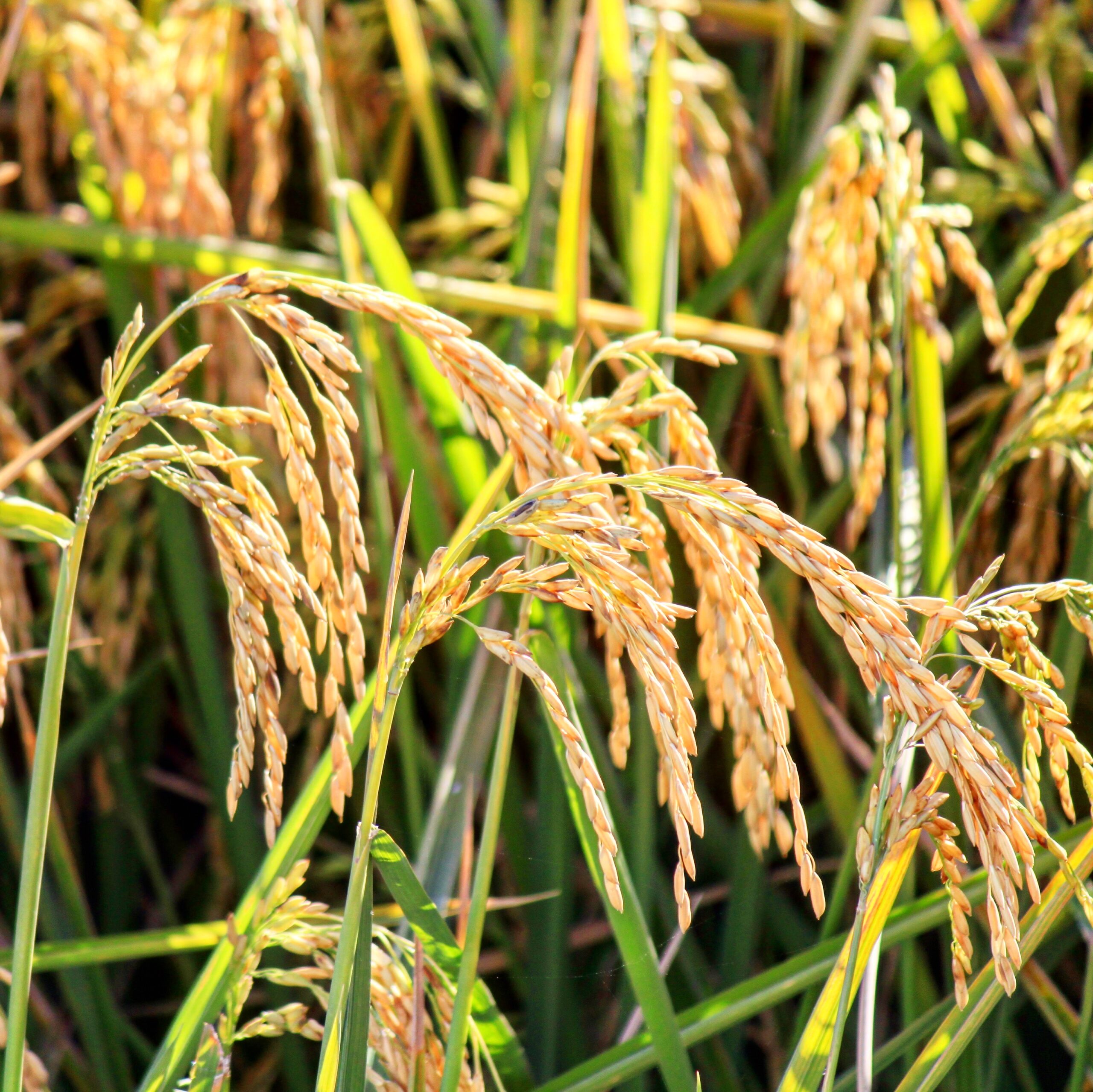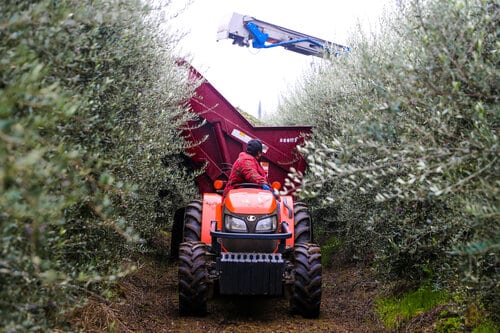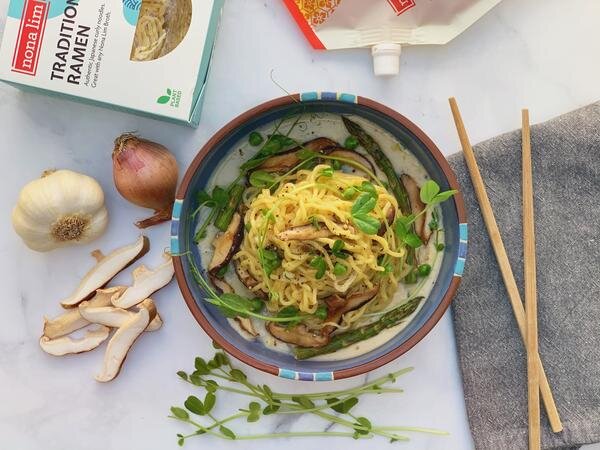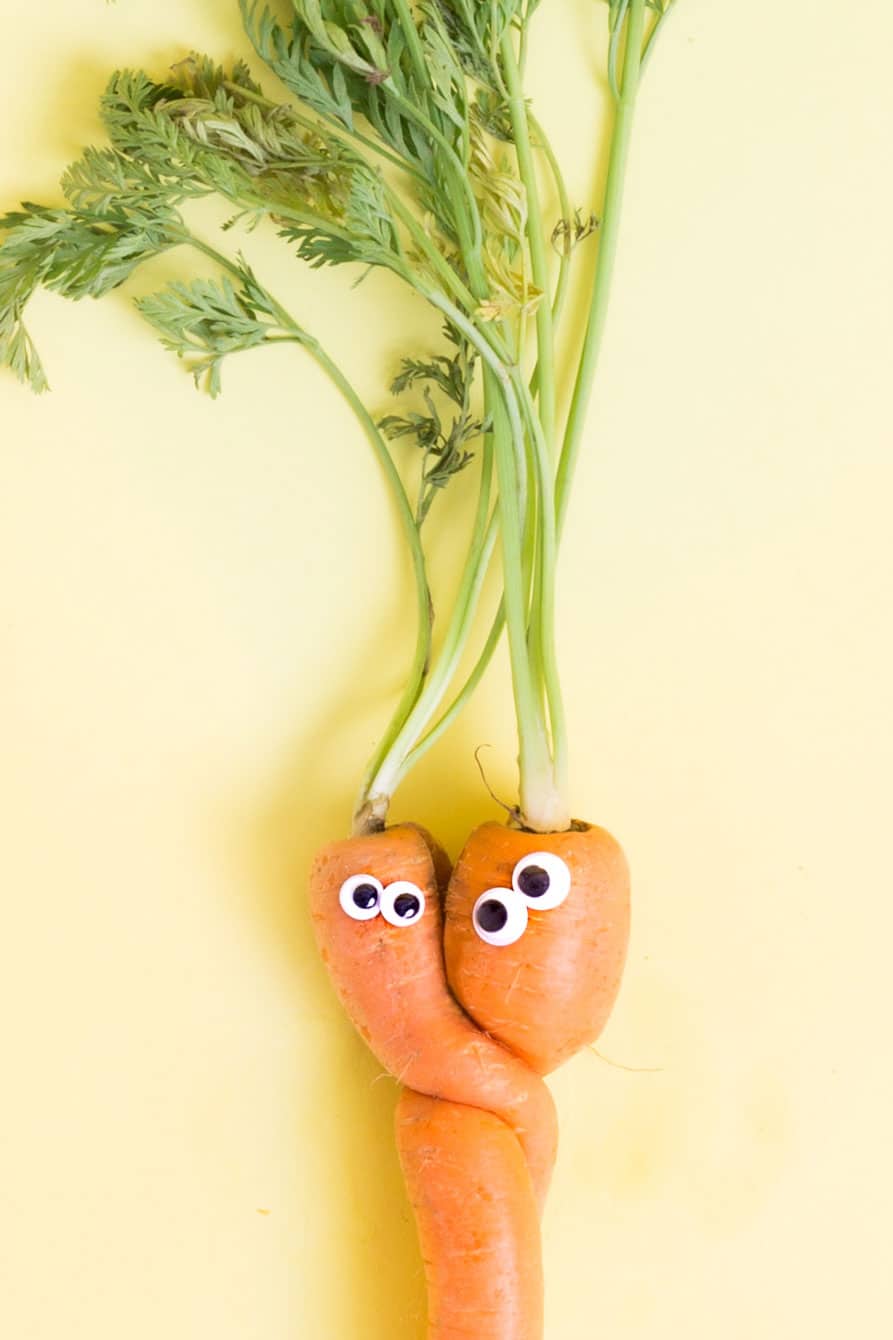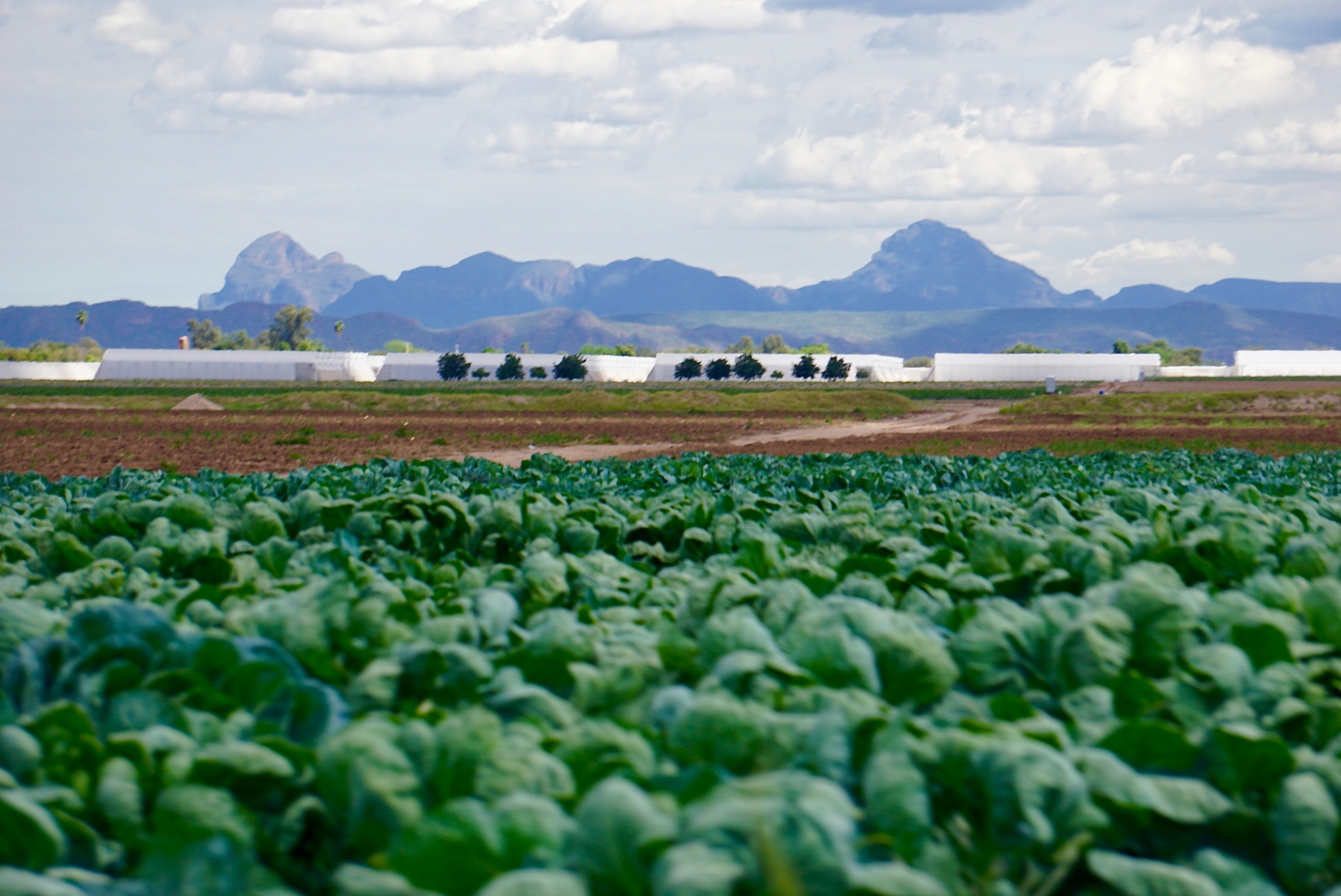Always use a scale. Do not trust a measuring cup.
hetal vasavada
It’s safe to say the world is pretty obsessed with food blogs and Instagrams these days. Have you ever wondered: “who runs these pages and how do they end up making amazingly beautiful food and recipes for a living?”
Meet Hetal Vasavada! After burning out on her career in health care, she ended up as a contestant on season 6 of Master Chef, which launched her into the world of food media. Since then, she has published a cookbook of Indian-inspired desserts that’s been featured in the New York Times and runs a truly delightful blog, Instagram, and online bakery called Milk and Cardamom that’s well worth a follow. In our thought-provoking conversation dig into:
- What it’s actually like to be on a food competition show and how shows heavily edit, manipulate and type cast their contestants
- Why Indian cuisine often gets misunderstood or oversimplified in the United States
- The most fun and most overlooked parts of what it’s like to run a food blog and Instagram as part of your business
- What principles, ingredients, and gear Hetal recommends for all home bakers
- How Indian desserts differ from European desserts
- What she’s learned as mother about the importance of writing down recipes and getting children involved in cooking
Whether you’re already a fan of Hetal’s or just a curious cook looking to learn more about baking, spices, Indian cuisine, reality TV, and food history, this discussion will satiate your appetite.
Episode Show Notes:
- You can learn more about Hetal Vasavada, see her recipes, order her cookbook, sign up for a cooking class, and even order her desserts on her website.
- Hetal Vasavada helpfully clarified that most Indian food you can find in the United States is Mughal-influenced. The Mughal empire controlled India for 300 years and left a strong mark on the cuisine.
- Some of Hetal’s favorite Gujarati Indian restaurants in the US are Ghee in Miami, Tailor in Nashville, and Besharam in San Francisco.
- Indian desserts use a lot of cardamom, which Hetal dubs “the Indian vanilla” because of how common it is in sweets. She also noted that ghee is used as a key baking fat, along with toasted flour and nuts for their distinct flavors.
- One of Hetal’s signature dessert recipes is Gulab Jamun, which she’s also reinterpreted as a miniature bundt cake.
- Hetal recommends always using a scale to weigh out ingredients while baking. Other go-to baking gear for her is her stand mixer, and infrared thermometer.
- Not all types of flour are interchangeable. Bread flour has more gluten than all purpose flour, which has more than pastry flour. King Arthur flour also has more gluten than Bobs Red Mill. More gluten means chewier, denser doughs, so which flour you pick really matters. Here’s a handy guide to some of the most common types of flour to bake with.
- Hetal buys her spices from Burlap and Barrel and Disaspora Co, two noteworthy equitable spice trading companies.
- For parents worried about picky eaters, Hetal’s top tips are to get your child involved in the cooking process. She’s also a huge fan of the Daniel Tiger PBS program for kids.
- Some excellent food books we discussed include Spice: A History of Temptation by Jack Turner, and Salt by Mark Kurlansky
- Hetal’s waste fighting tip is to save your onion and garlic skins and make a rich and aromatic stock that you can then freeze in silicone ice cube trays!
- Hetal’s go-to karaoke song is “Rumor Has It,” by Adele
If you enjoyed this episode and want to learn more way to improve your home cooking, we recommend listening to our interviews with Youtuber Joshua Weissman and Carla Lalli Music of Bon Appetit.
